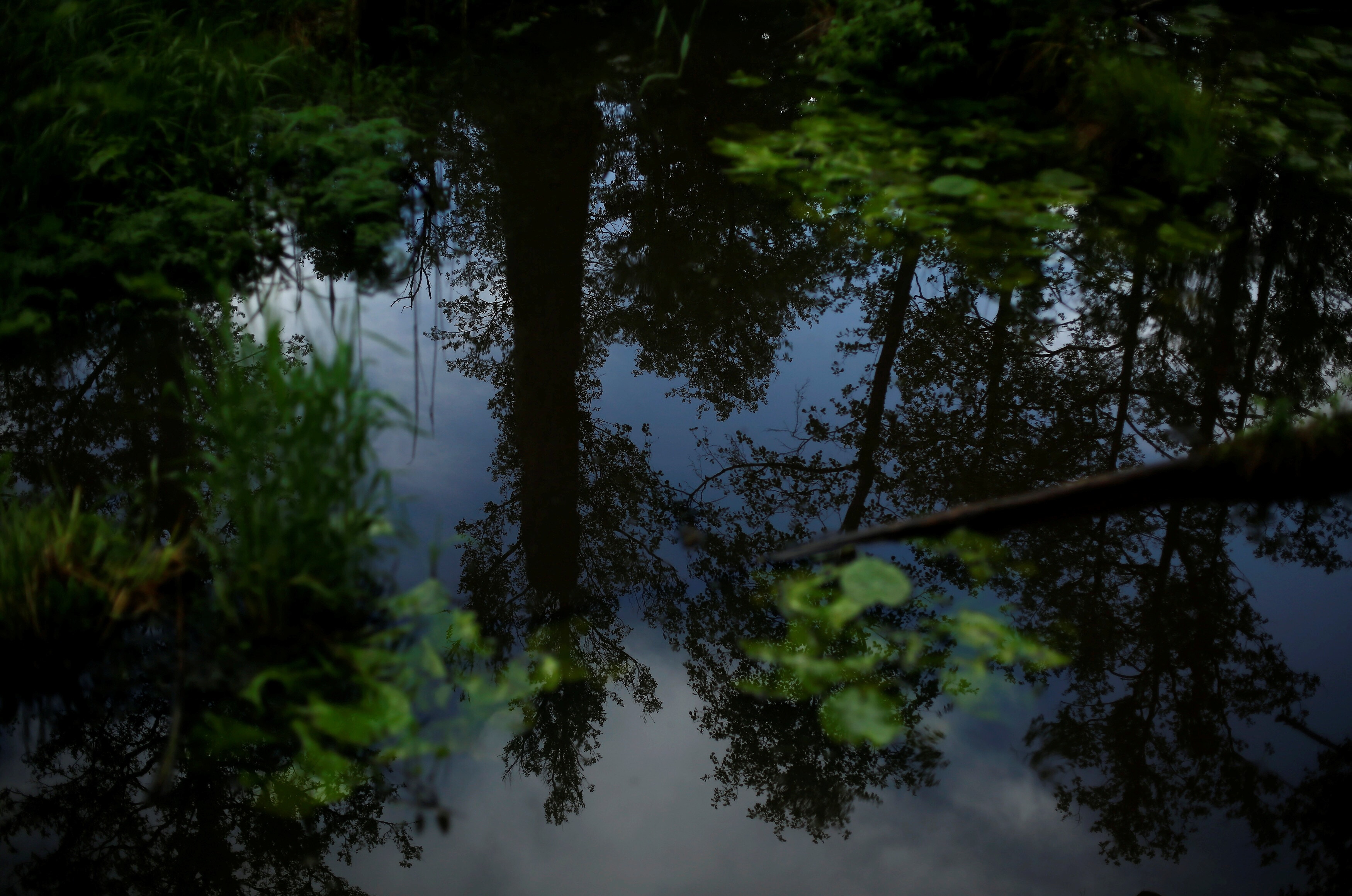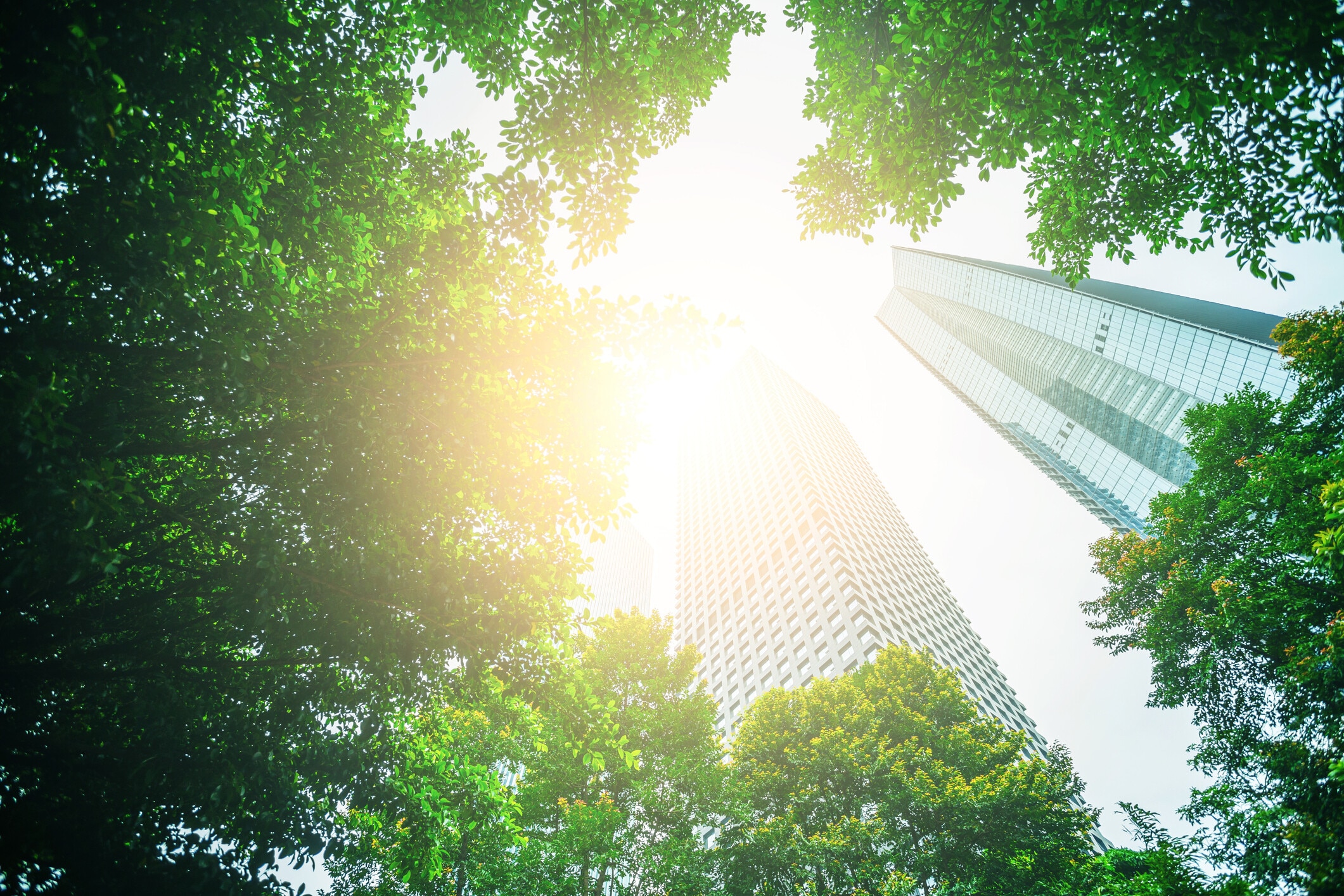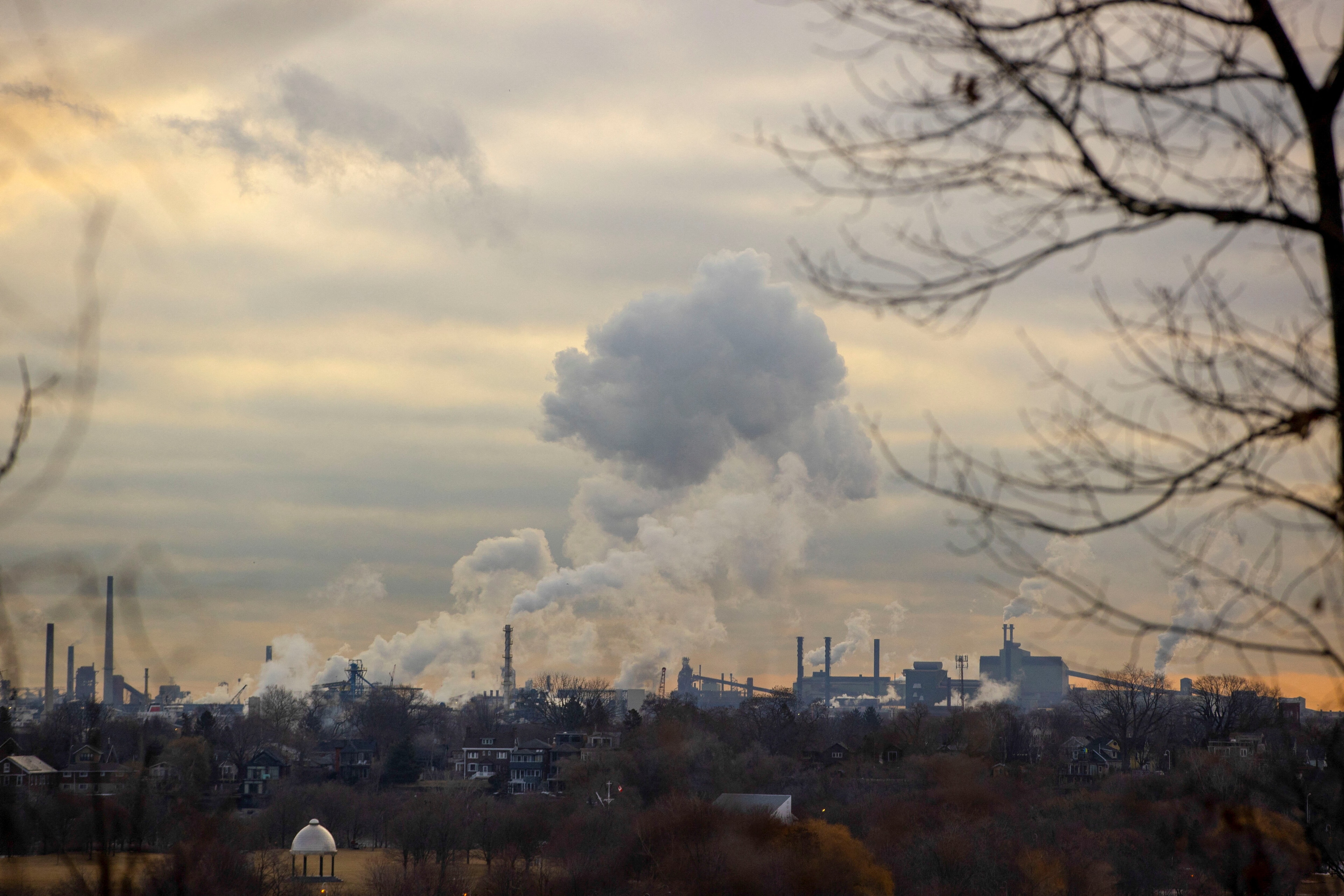Vegan leather made from mushrooms could mould the future of sustainable fashion
With climate change at the forefront of societal change, we look to the fashion industry to do its part.
Image: Unsplash/Florian van Duyn
Stay up to date:
Innovation
- The lack of sustainability of animal leather has been a hot topic for the fashion industry, bringing more eco-friendly natural alternatives into the limelight.
- The main advantage is the efficiency of growing mushrooms - they do not require light, they convert waste into useful materials and store carbon through accumulating it in the fungus.
- Going from a single spore to a finished “fungi leather” product takes a couple of weeks, compared with years required to raise a cow to maturity.
Seven millennia since its invention, leather remains one of the most durable and versatile natural materials. However, some consumers question the ethical ramifications and environmental sustainability of wearing products sourced from animals.
This shift in social standards is the main reason we’re seeing a wave of synthetic substitutes heading for the market.
Leather alternatives produced from synthetic polymers fare better in terms of environmental sustainability and have achieved considerable market share in recent years.
But these materials face the same disposal issues as any synthetic plastic. So, the leather market has begun to look to other innovations. As strange as it might sound, the latest contender is the humble fungus.
Research by my colleagues and I, published today in Nature Sustainability, investigates the history, manufacturing processes, cost, sustainability and material properties of fungus-derived renewable leather substitutes – comparing them to animal and synthetic leathers.
How unsustainable is animal leather, actually?
How sustainable leather is depends on how you look at it. As it uses animal skins, typically from cows, leather production is correlated with animal farming. Making it also requires environmentally toxic chemicals.
The livestock sector’s sustainability issues are well known. According to the United Nations Food and Agriculture Organisation, the sector is responsible for about 14% of all greenhouse emissions from human activity. Cattle rearing alone represents about 65% of those emissions.
Still, it’s worth noting the main product of cattle rearing is meat, not leather. Cow hides account for just 5-10% of the market value of a cow and about 7% of the animal’s weight.
There’s also no proven correlation between the demand for red meat and leather. So a reduction in the demand for leather may have no effect on the number of animals slaughtered for meat.
That said, leather tanning is still energy- and resource-intensive and produces a lot of sludge waste during processing.
This gives leather a higher environmental impact than other minimally processed animal products such as blood, heads and organs (which can be sold as meat products or animal feed).
From spore to mat
Fungus-derived leather technologies were first patented by US companies MycoWorks and Ecovative Design about five years ago.
These technologies take advantage of the root-like structure of mushrooms, called mycelium, which contains the same polymer found in crab shells.
When mushroom roots are grown on sawdust or agricultural waste, they form a thick mat that can then be treated to resemble leather.
Because it’s the roots and not the mushrooms being used, this natural biological process can be carried out anywhere. It does not require light, converts waste into useful materials and stores carbon by accumulating it in the growing fungus.

Going from a single spore to a finished “fungi leather” (or “mycelium leather”) product takes a couple of weeks, compared with years required to raise a cow to maturity.
Mild acids, alcohols and dyes are typically used to modify the fungal material, which is then compressed, dried and embossed.
The process is quite simple and can be completed with minimal equipment and resources by artisans. It can also be industrially scaled for mass production. The final product looks and feels like animal leather and has similar durability.

Mushroom for progress
It’s important to remember despite years of development, this technology is still in its infancy. Traditional leather production has been refined to perfection over thousands of years.
There are bound to be some teething problems when adopting fungal leather. And despite its biodegradability and low-energy manufacturing, this product alone won’t be enough to solve the sustainability crisis.
There are wider environmental concerns over animal farming and the proliferation of plastics – both of which are independent of leather production.
Nonetheless, using creativity to harness new technologies can only be a step in the right direction. As the world continues its gradual shift towards sustainable living, perhaps seeing progress in one domain will inspire hope for others.
Accept our marketing cookies to access this content.
These cookies are currently disabled in your browser.
Will I be wearing it anytime soon?
Commercial products made with fungi-derived leather are expected to be on sale soon – so the real question is whether it will cost you an arm and a leg.
Prototypes were released last year in the US, Italy and Indonesia, in products including watches, purses, bags and shoes.

And while these fundraiser items were a little pricey – with one designer bag selling for US$500 – manufacturing cost estimates indicate the material could become economically competitive with traditional leather once manufactured on a larger scale.
The signs are promising. MycoWorks raised US$17 million in venture capital last year.
Ultimately, there’s no good reason fungal leather alternatives couldn’t eventually replace animal leather in many consumer products.
So next time you pass the mushrooms at the supermarket, make sure you acquaint yourself. You may be seeing a whole lot more of each other soon.
Accept our marketing cookies to access this content.
These cookies are currently disabled in your browser.
Accept our marketing cookies to access this content.
These cookies are currently disabled in your browser.
Accept our marketing cookies to access this content.
These cookies are currently disabled in your browser.
Don't miss any update on this topic
Create a free account and access your personalized content collection with our latest publications and analyses.
License and Republishing
World Economic Forum articles may be republished in accordance with the Creative Commons Attribution-NonCommercial-NoDerivatives 4.0 International Public License, and in accordance with our Terms of Use.
The views expressed in this article are those of the author alone and not the World Economic Forum.
Related topics:
Forum Stories newsletter
Bringing you weekly curated insights and analysis on the global issues that matter.
More on Nature and BiodiversitySee all
Tom Crowfoot
October 8, 2025
Constanza Gomez-Mont
October 7, 2025
Dorothy Abade-Maseke and Akim Daouda
October 6, 2025
Marco Lambertini
October 2, 2025
Tom Crowfoot
October 2, 2025
Gareth Francis
October 2, 2025





